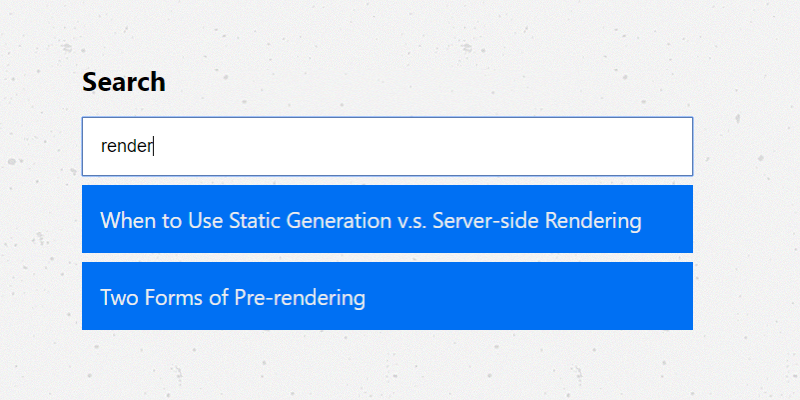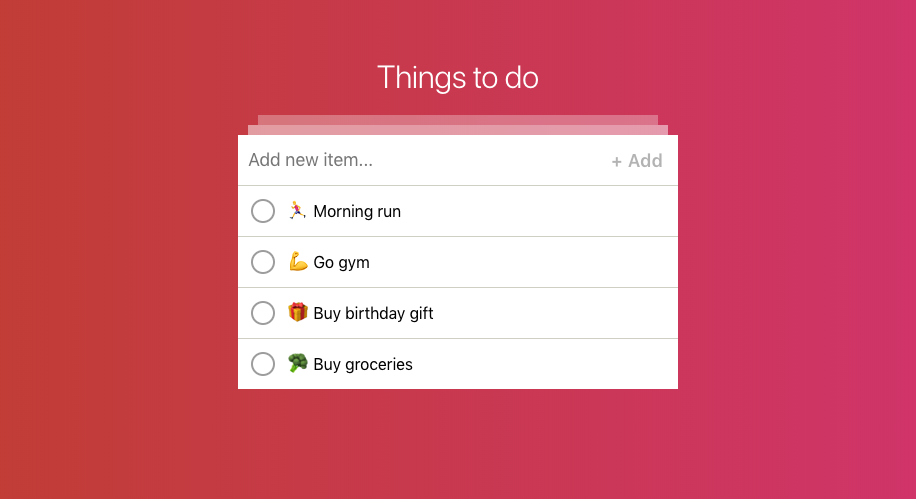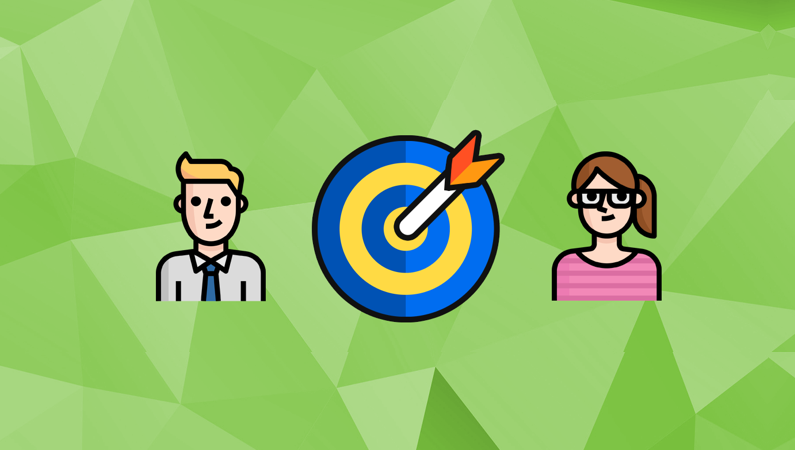The importance of great user onboarding to create loyal customers and reduce your churn-rate
JournalUser onboarding has an incredible influence on your products success — where a bad first experience for your users can literally make or break your product.

User onboarding has an incredible influence on your products success — where a bad first experience for your users can literally make or break your product.
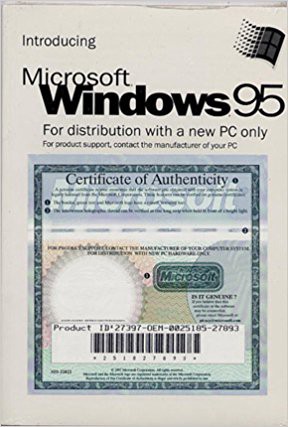
The above image may be familiar to some — it’s of the 111-page Windows 95 manual that came with all copies of the Windows 95 operating system (For those interested, you can view the manual here).
In the time when Windows 95 was the most adopted operating system worldwide, a printed manual was common practice for any ‘digital software’ sold — where basic to advanced product features would be listed with screenshots and details, such as where to click or keyboard shortcuts to complete an action:

For finding help quickly, although they include a detailed contents page, the A-Z index would generally be your go-to:
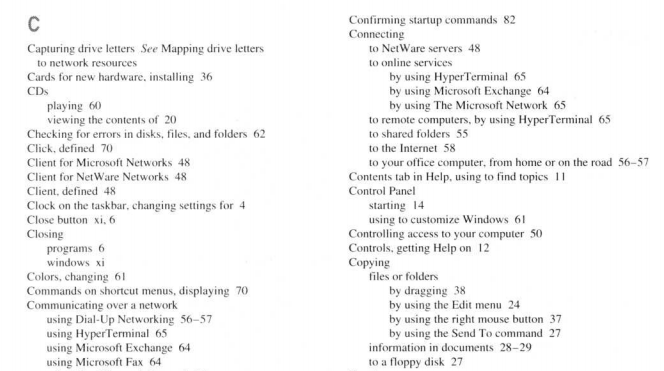
Reasons for Windows 95’s adoption & success go far past that of it’s user manual alone, but it is a clear example of how Microsoft provided support for users to learn & onboard with their product, and something that was typical of other digital products at the time.
When the software manual couldn’t solve your problems, if you were lucky, the company would have included a customer support phone number too.
Onboarding users to your product with a 100+ page paper-bound manual is obviously something that is not so typical for current digital services, and this change may have been the product of Apple’s introduction of their revolutionary iPhone touch-screen — the moment when user’s slowly began to shift from the traditional keyboard & mouse interface, to a much more simplified one — touch.
With that one change of user interaction - from a complex mouse and keyboard to a simple tap or swipe; digital products and applications have been challenged to also simplify and remove friction from their user interactions.
Of course products could move their paper manuals to an online format, but with the rise of the iPhone and other simplifications of how users work with digital devices/technology, users demand more — to a point now where providing user’s with an efficient, friction-less experience can be make or break for your startup or business.
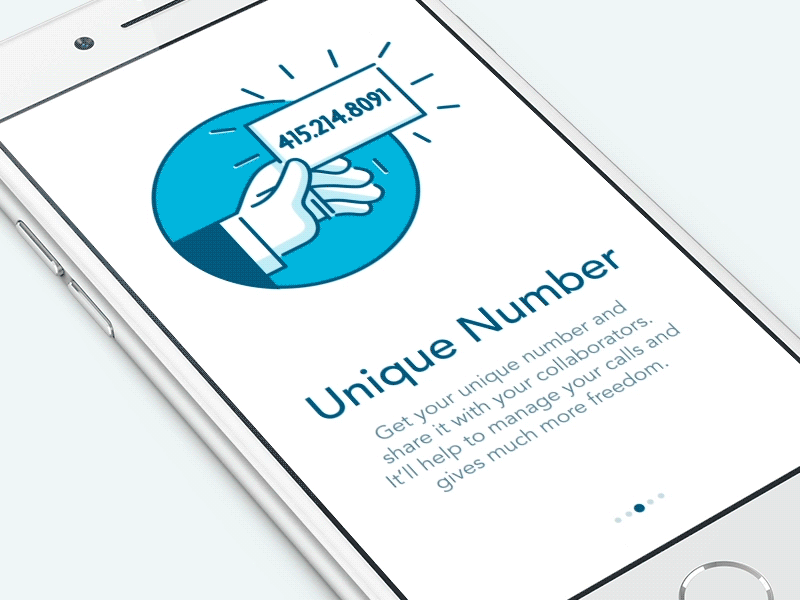
iOS App Onboarding — Animation by Ramotion
Before, when a user ran into problems during installation, or their first moments using your software, they would be happy to open the user manual and slowly find their way — or call and wait for customer service.
Now, the simplicity of touch interactions means that any negative experience or friction found when using a product resonates even louder than before — and the effort and attention required for a user to keep trying to complete their task, or find how to online, can be greater than just switching and trying another product.
With advanced devices, digital markets have also developed, and so it is not only the simplicity of user interaction that demands focus on user onboarding, but also the fact that there are so many alternative products available on the market (that are probably already showing your potential user targeted adverts) — if you don’t get it right, your user might simply jump ship.
This is not always the case of course- if the product’s market has only a handful of key players the user has to choose from, or that the user is bound to a service by some personal financial-gains — but even then, user experience can still win over all else. Just take the example above of Apple’s disruption of the telephone industry with the iPhone, or the recent shift in users moving from Snapchat to Instagram stories due to bad user experience.
These are some of the influencing reasons behind why I believe investing in a great user onboarding experience for your product is one of the most vital and important aspects you should not overlook when developing a digital product, and displays why their is such a strong connection between user onboarding and customer retention / loyalty.
Of course — you can’t please everyone, and there are some users you just won’t be able to convince to stay around; but building a product that centers itself around the user experience, where a friction-less onboarding journey baked into the product itself, that provides them with a great understanding of the product and how to use the tools to complete their jobs-to-be-done will lead to higher customer satisfaction, loyalty, and ultimately, retention.
This also shows that to build a successful product, you have to humble yourself and truly put the customer’s needs at the center of everything you do.
By finding ways to integrate the “user manual” directly into the product, and giving users a friction-less onboarding experience, they are much more likely to continue to use your product and provide revenue to your business in the longterm future.
Growing and acquiring users quickly is often the main focus and criteria of a successful product launch, but forget to also invest in a great user onboarding experience for your product, and you may see those users leaving not so long after they arrived.
